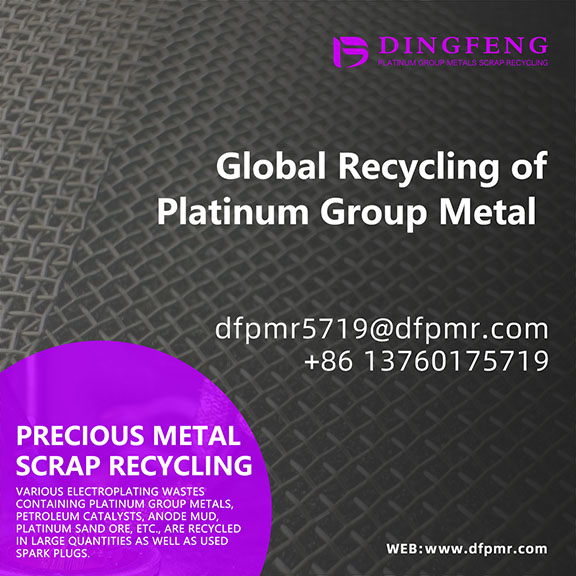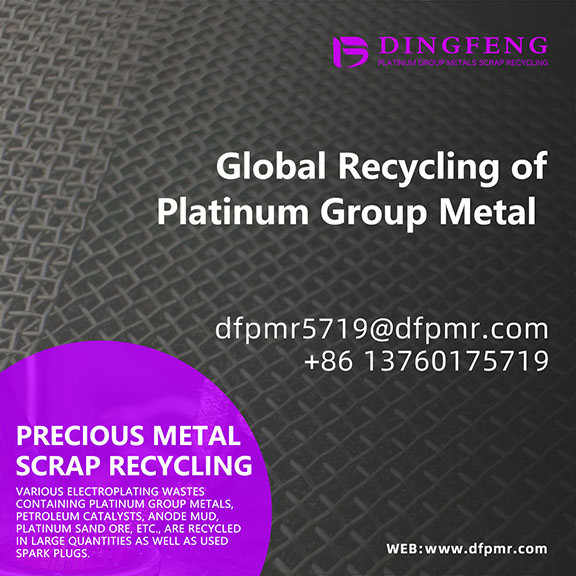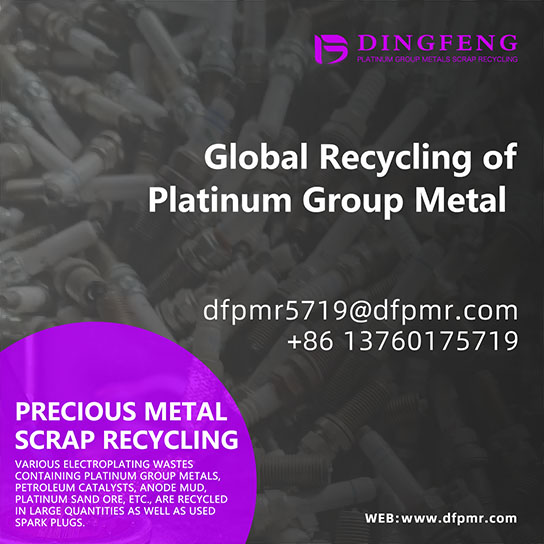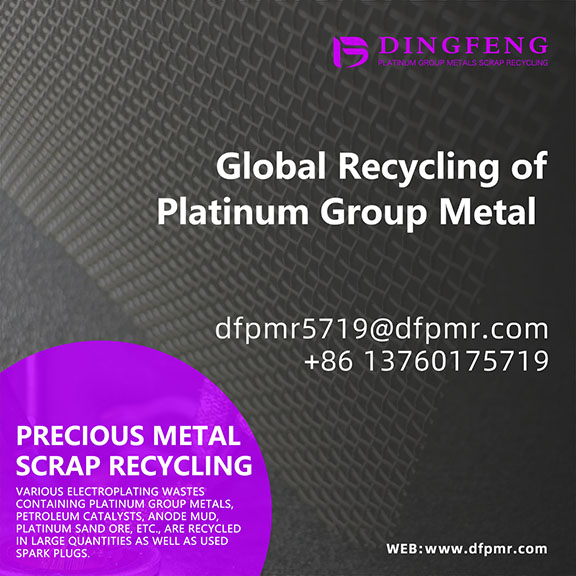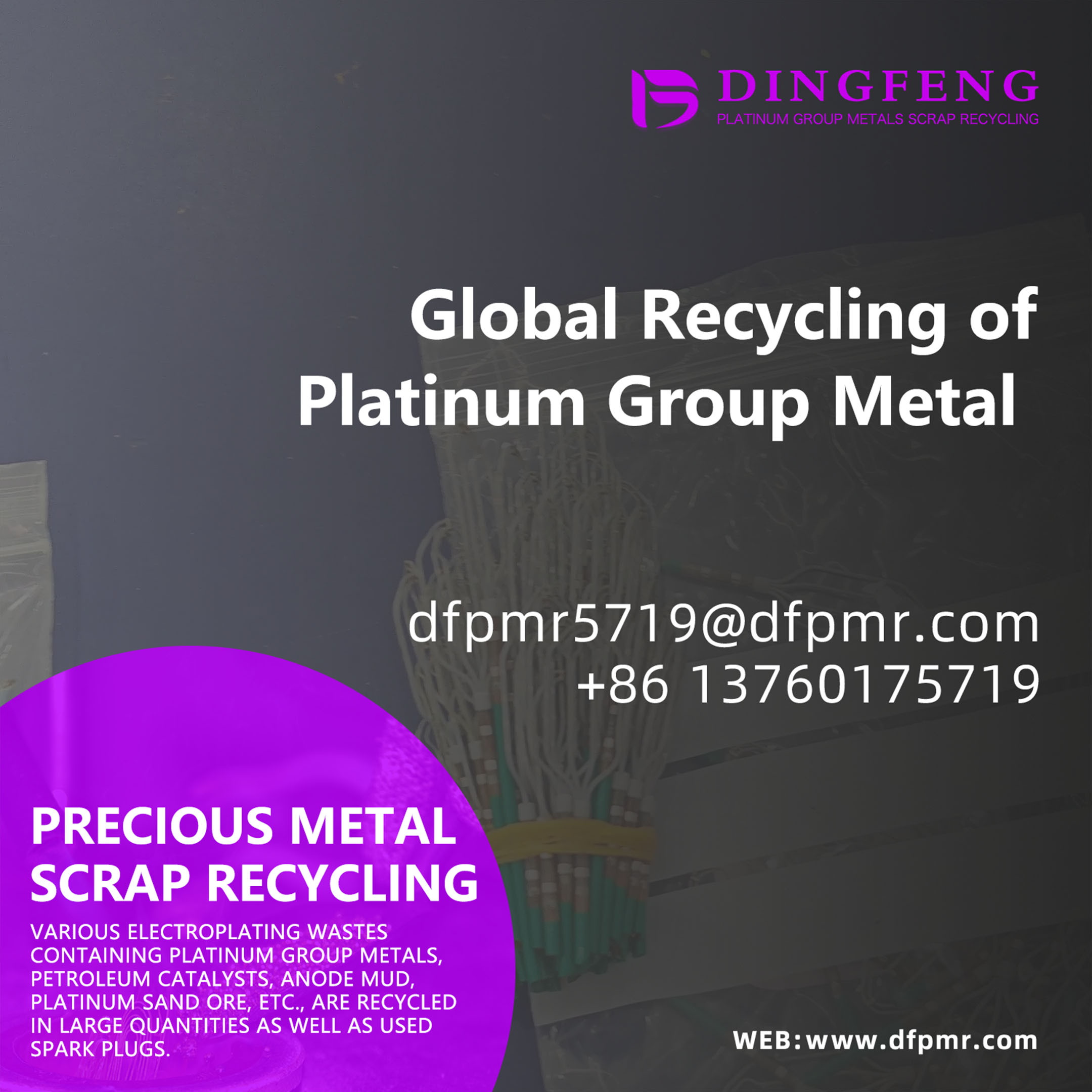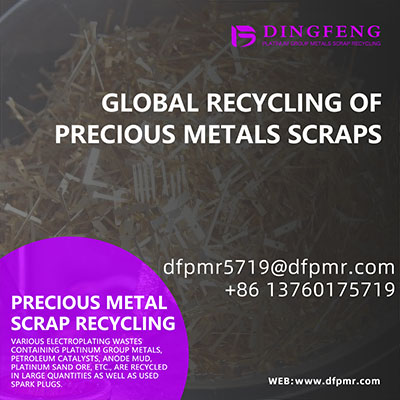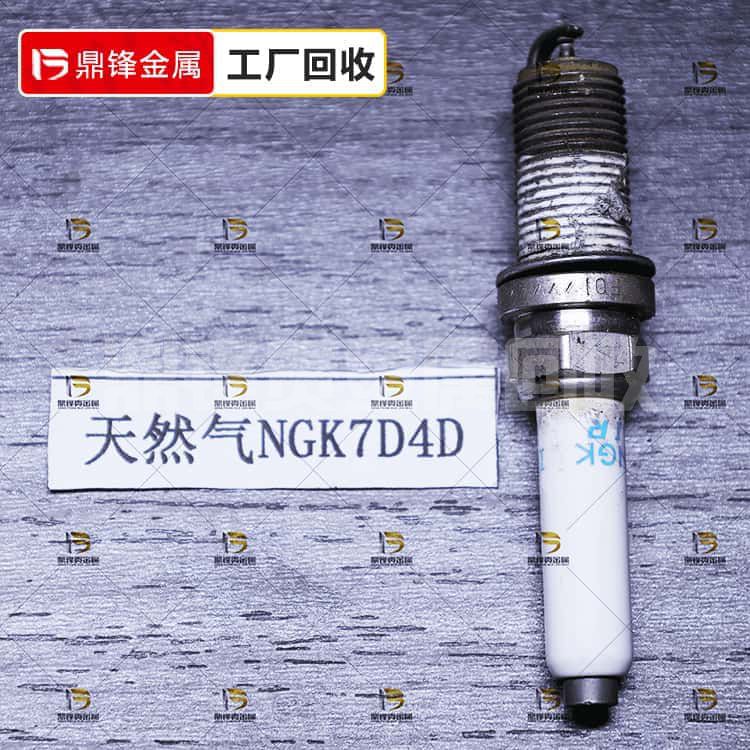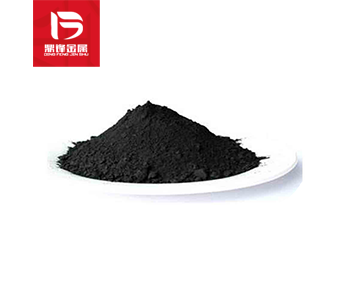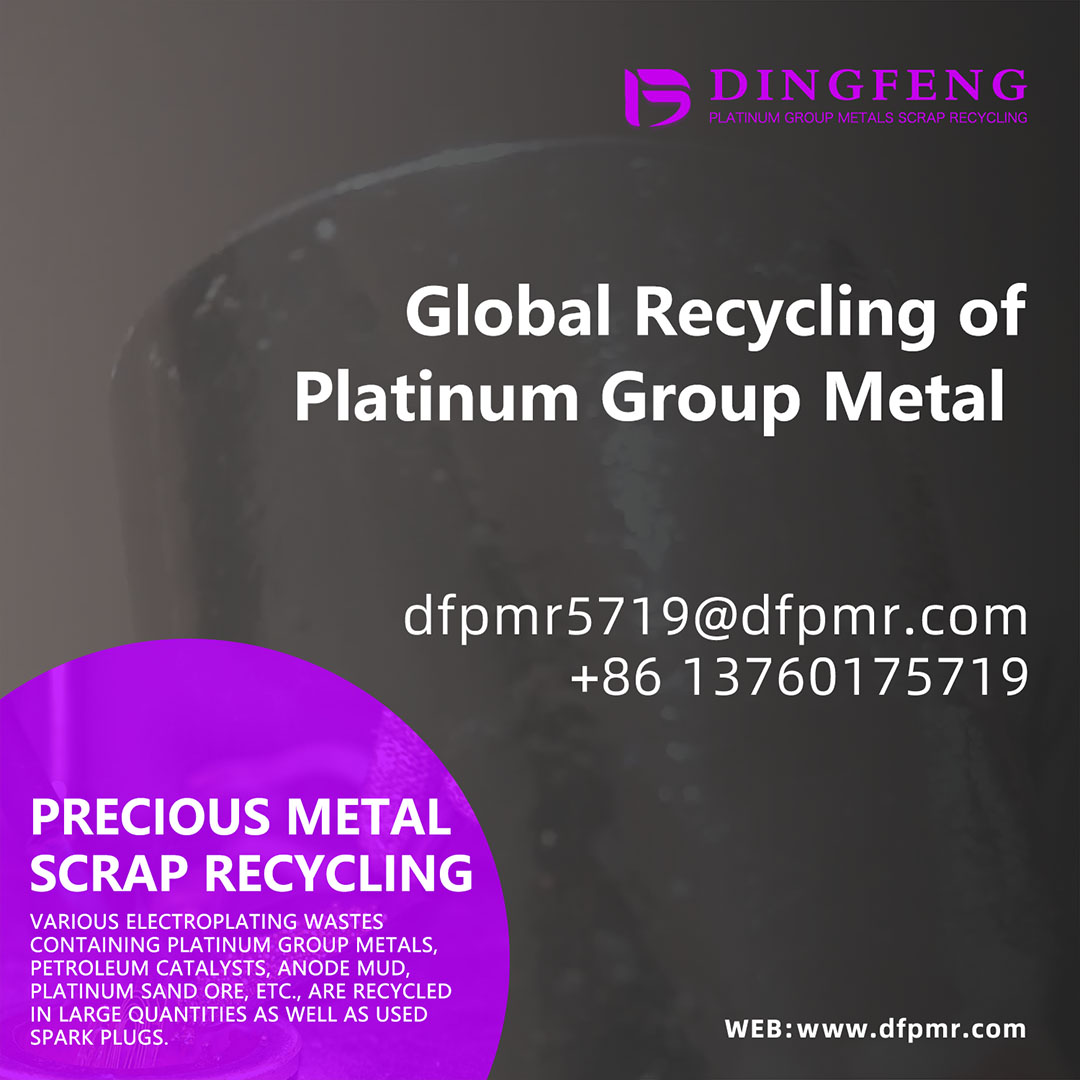How to Test & Identify Precious Metal Coatings on Titanium Mesh
For scrap dealers, refinery operators, and quality control teams, accurately identifying precious metal coatings on titanium mesh is crucial for maximizing recovery value. Whether you're handling iridium, gold, platinum, or other noble metals, using the right testing methods ensures you don’t overlook high-value materials.
Product Details
For scrap dealers, refinery operators, and quality control teams, accurately identifying precious metal coatings on titanium mesh is crucial for maximizing recovery value. Whether you're handling iridium, gold, platinum, or other noble metals, using the right testing methods ensures you don’t overlook high-value materials.
This guide covers non-destructive testing techniques, tips for distinguishing coatings from base metal, and best practices for optimal recovery.
Step 1: Visual & Physical Inspection
Before advanced testing, conduct a preliminary check:
Color & Sheen
Gold coatings: Yellowish luster (may fade if alloyed).
Platinum/Iridium: Silvery-white, often brighter than bare titanium.
Ruthenium/Rhodium: Darker gray with a bluish tint.
Magnet Test
Precious metals are non-magnetic—if the mesh attracts a magnet, it likely has nickel or steel contamination.
Weight & Thickness
Precious metal coatings add slight weight—compare to uncoated titanium samples.
Step 2: Non-Destructive Testing Methods
XRF (X-ray Fluorescence) Analysis
Best for quick, accurate identification of coating composition.
Detects gold (Au), platinum (Pt), iridium (Ir), palladium (Pd), etc.
Limitation: Only analyzes surface layers (~1–10 µm deep).
SEM-EDS (Scanning Electron Microscopy with Energy-Dispersive X-ray Spectroscopy)
Provides elemental mapping to confirm coating uniformity.
Detects lighter elements (e.g., oxygen, carbon) that XRF may miss.
More expensive—best for high-value batches.
Electrical Conductivity Testing
Gold and platinum coatings enhance conductivity vs. bare titanium.
Use a 4-point probe for precise resistance measurements.
Step 3: Destructive Testing (When Necessary)
If non-destructive methods are inconclusive:
✔ Acid Spot Testing
Aqua regia (for gold/platinum) or hydrochloric acid + sodium peroxide (for iridium).
Caution: Damages the sample—use only on scrap pieces.
✔ Cross-Sectional Microscopy
Polishing and imaging reveal coating thickness (critical for refining estimates).
Step 4: Maximizing Recovery Value
Separate by Coating Type – Don’t mix gold, platinum, and iridium scrap.
Verify Purity – Ensure coatings aren’t diluted with cheaper metals (e.g., silver or nickel underplate).
Work with a Certified Refiner – Guarantees highest payout based on assay results.
Common Pitfalls to Avoid
Assuming all shiny coatings are precious metals – Some titanium mesh has aluminum or nickel finishes.
Overlooking thin coatings – Even 0.1–1 µm layers can be valuable in bulk.
Selling untested material – Without verification, you risk significant undervaluation.
Call to Action: Get the Most from Your Scrap
Don’t let uncertainty cost you profits—test before you sell!
Contact us for professional precious metal analysis and refining—maximize your titanium mesh scrap value today.
SEO Keywords: XRF testing titanium, precious metal analysis, metal scrap verification, iridium coating identification, gold-plated titanium scrap, platinum recovery.
By following this guide, you’ll accurately identify high-value coatings and ensure you’re paid fairly for every gram of recoverable precious metal.


